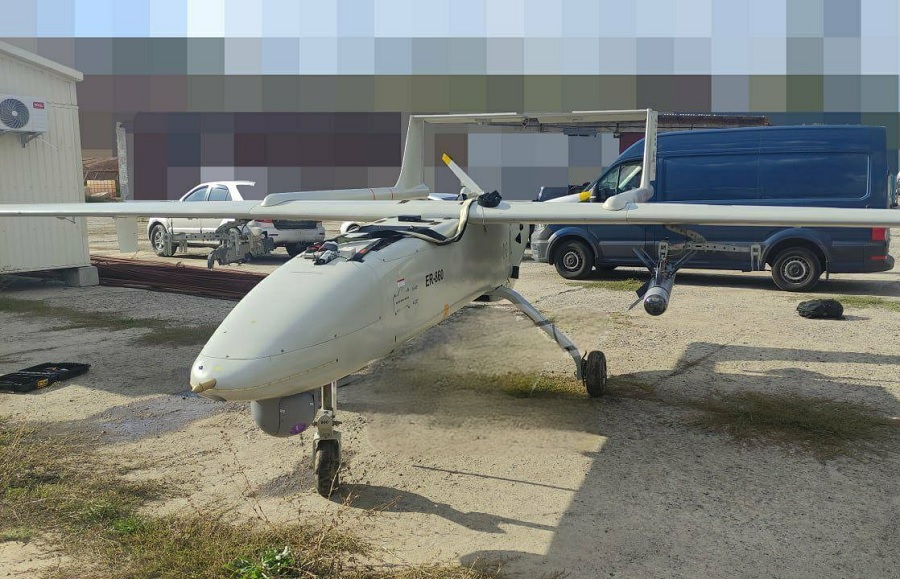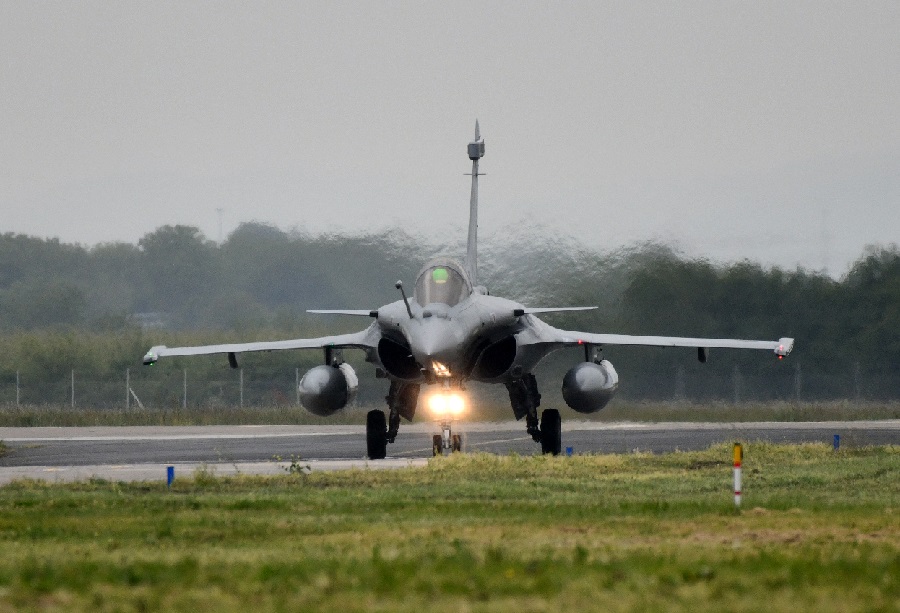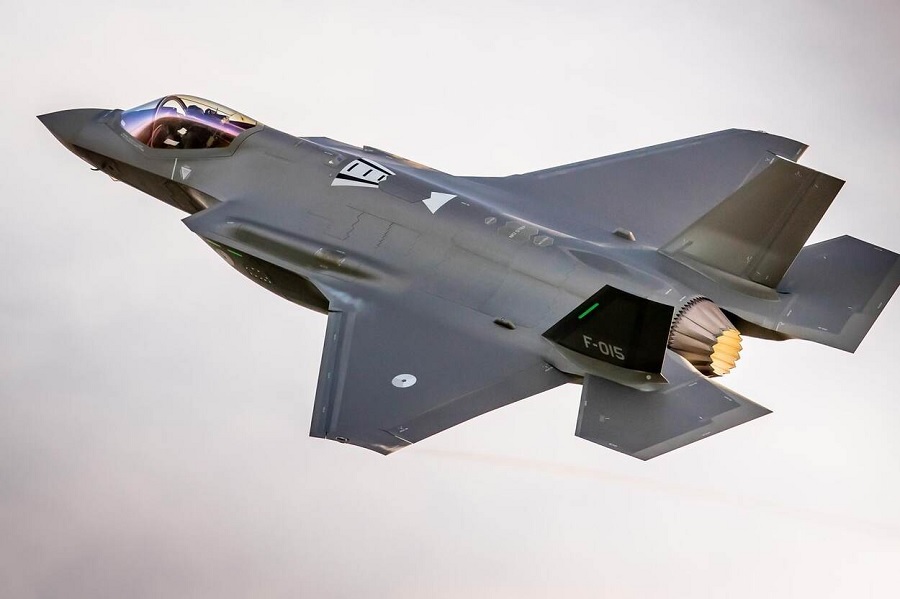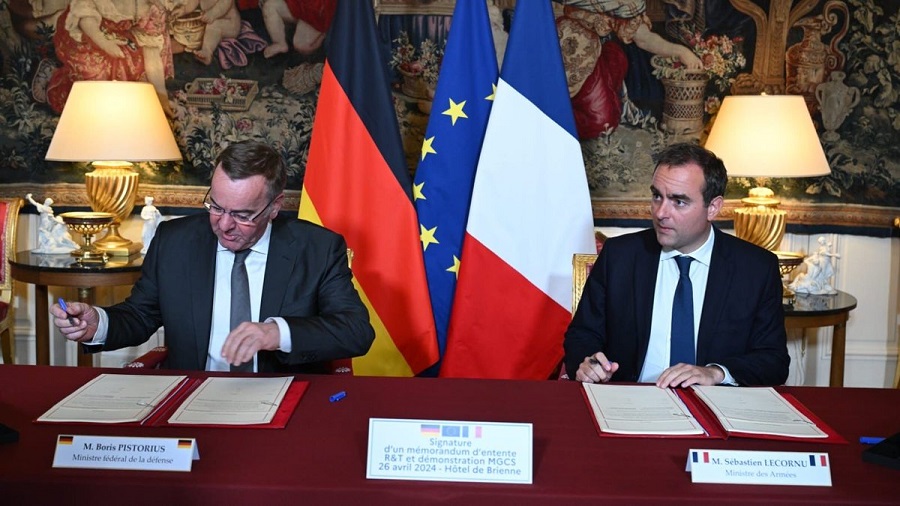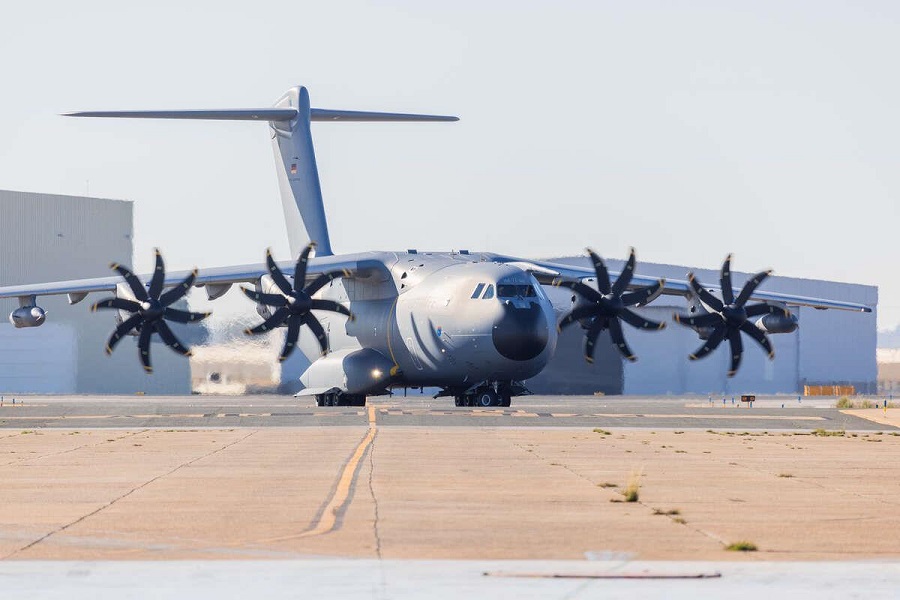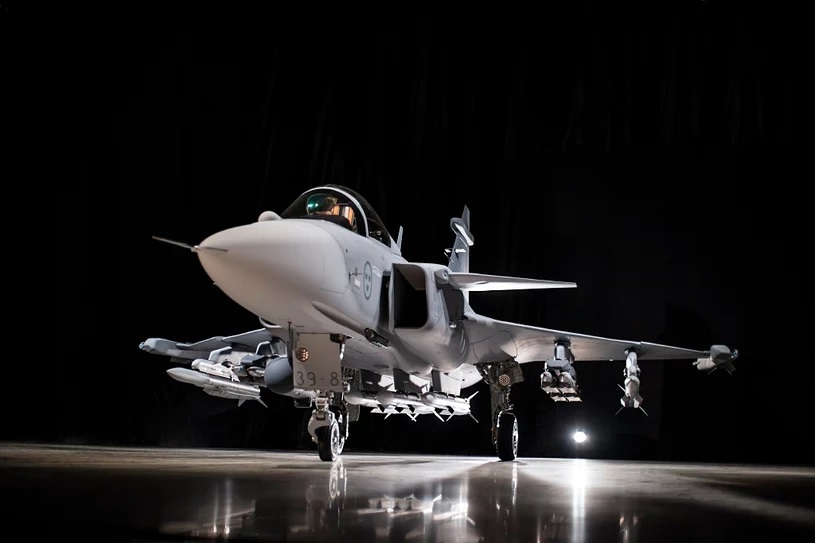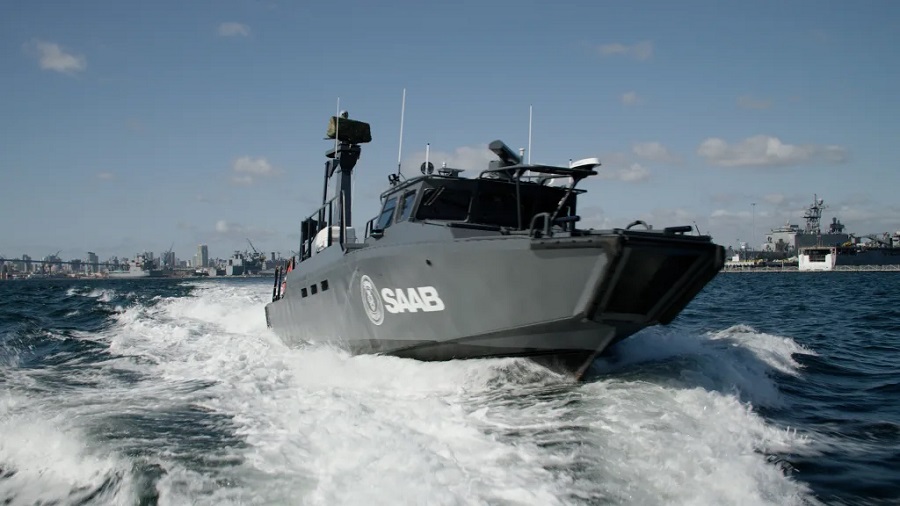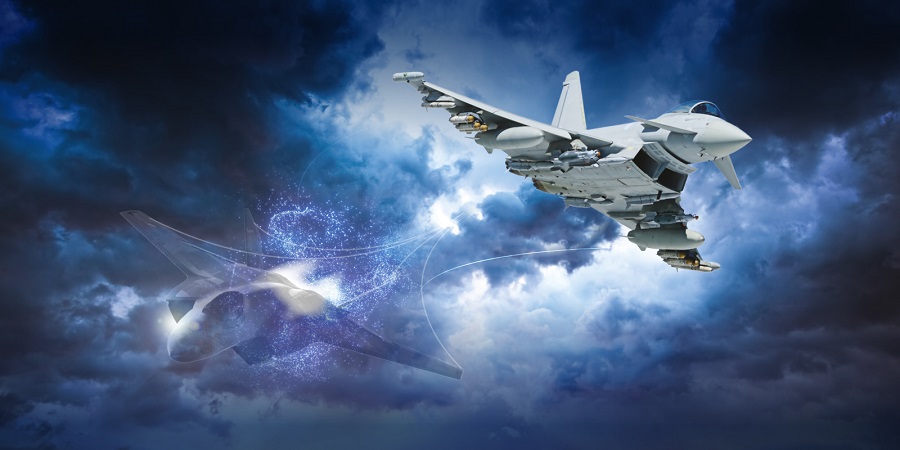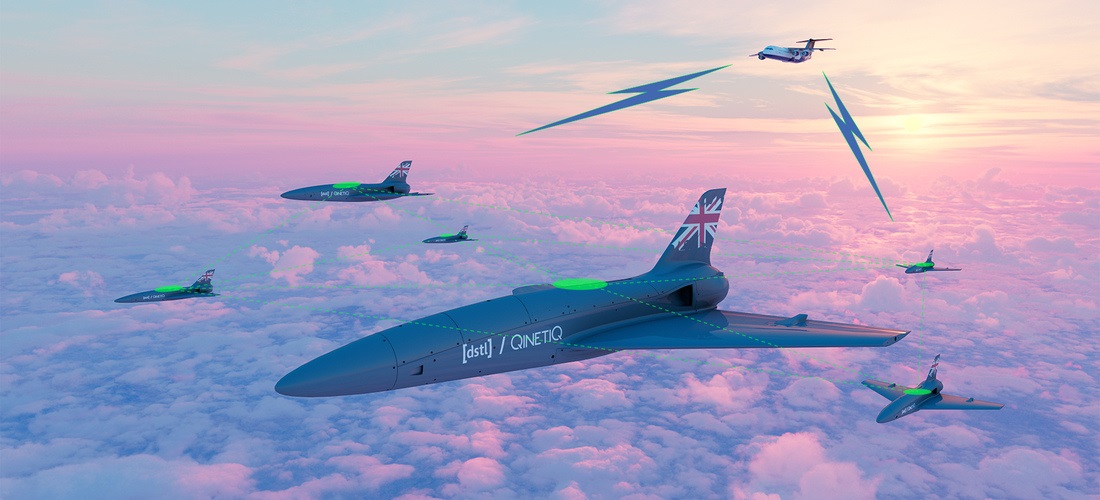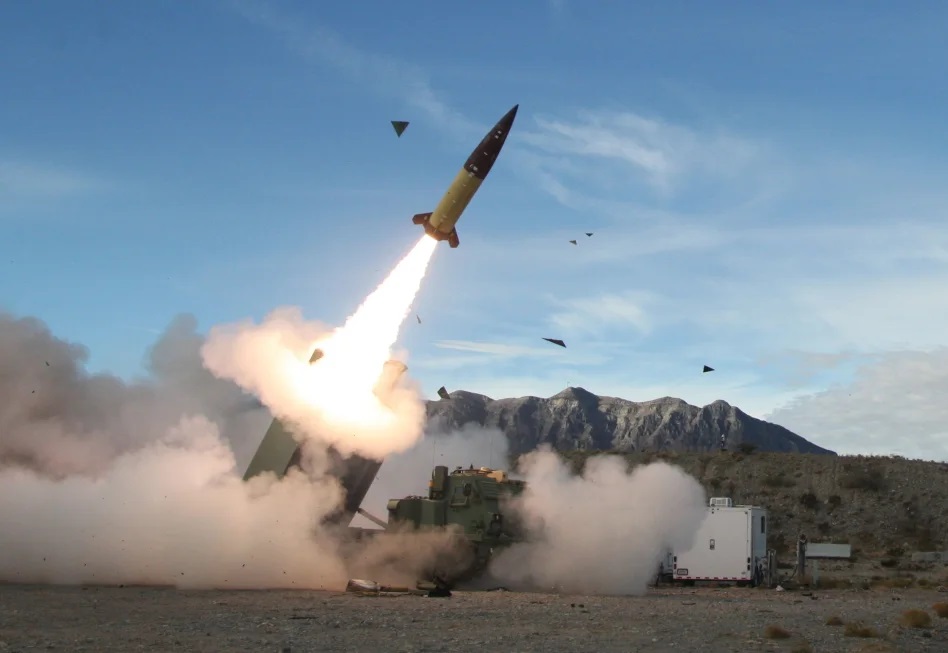A report in The Guardian has shed light on how more than 50 drone components manufactured by Iran were actually produced in Western nations. It is reported that due to Iranian drones being downed in the past and the identification of their suppliers, some level of awareness regarding these concerning facts has existed for years.
Israeli sources have indicated that Iran’s emergence as a major supplier of armed UAVs used by Russia in Ukraine has prompted renewed efforts to disrupt the supply lines of European-made components.
According to The Guardian’s investigation, which was submitted to the G-7 countries in August, there were more than 600 raids on cities using unmanned aerial vehicles (UAVs) containing Western technology in the previous three months.
According to the United States Institute of Peace, by 2023, Iran had developed a domestic industry capable of producing an arsenal of advanced drones (unmanned aerial vehicles) used for surveillance, reconnaissance, and combat. These drones have become one of the greatest threats to Iran’s rivals and U.S. allies in the Middle East. This threat was exemplified by the 2019 Iranian drone and cruise missile attack on Saudi Arabia’s largest oil processing facility.
General Kenneth F. McKenzie Jr., former head of U.S. Central Command, has emphasized that drones “pose the most immediate threat to Middle East security because of their low cost, widespread availability, and potential deniability—since their point of origin can be disguised by employing a convoluted flight path.” In February 2023, he warned that this technology has marked an inflection point in aerial warfare, comparable to the introduction of manned flight more than a century ago, effectively ending the guarantee of U.S. air superiority over its forces and bases.
According to the report, Iran possesses at least 10 different models of suicide drones that explode upon impact. These drones can be as accurate as ballistic missiles but are capable of flying at lower altitudes to evade radar detection. Smaller models, like the Shahed-136, carry less than 45 kilograms (100 pounds) of explosives, while the smallest model, the Meraj-521, carries only 3 kilograms (6.6 pounds) of explosives. Many of these drones have slower speeds, making them easier targets for anti-aircraft guns or missiles. Their operational ranges vary, ranging from as little as 5 kilometers (3 miles) to as far as 2,500 kilometers (1,550 miles). Iran’s largest suicide drones, such as the Arash series, can carry nearly 260 kilograms (575 pounds) of explosives and have operational ranges of 2,000 kilometers (1,240 miles).


